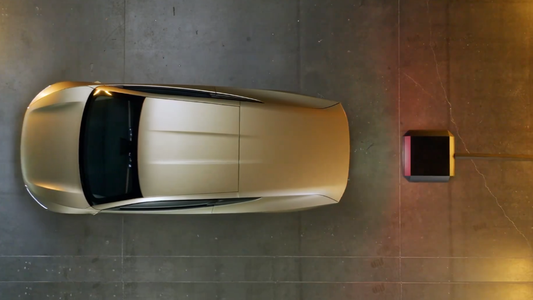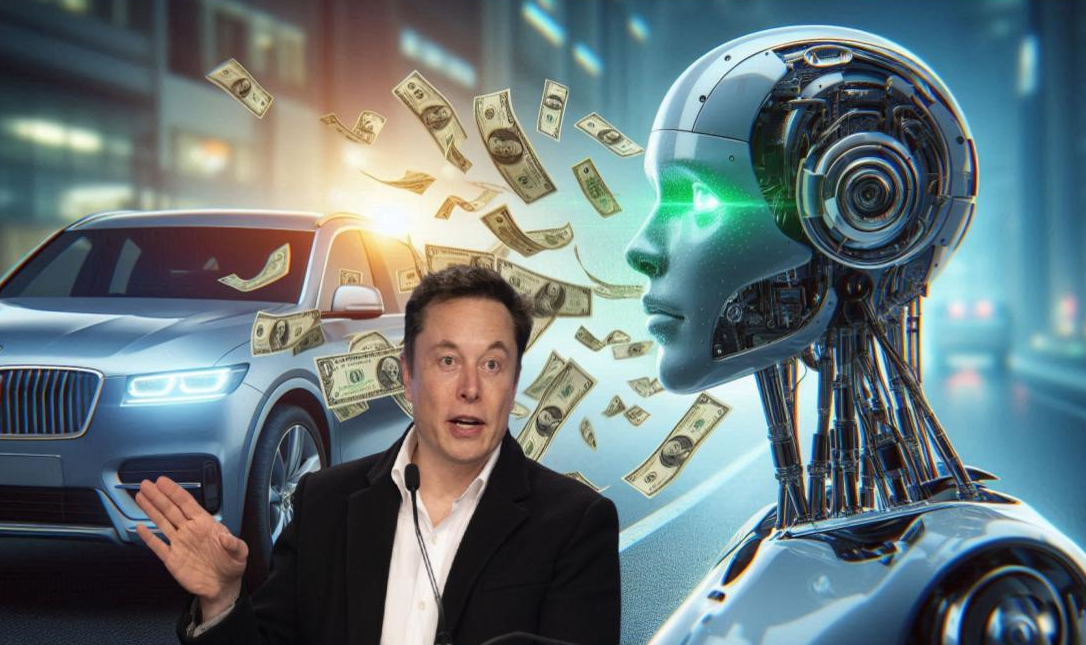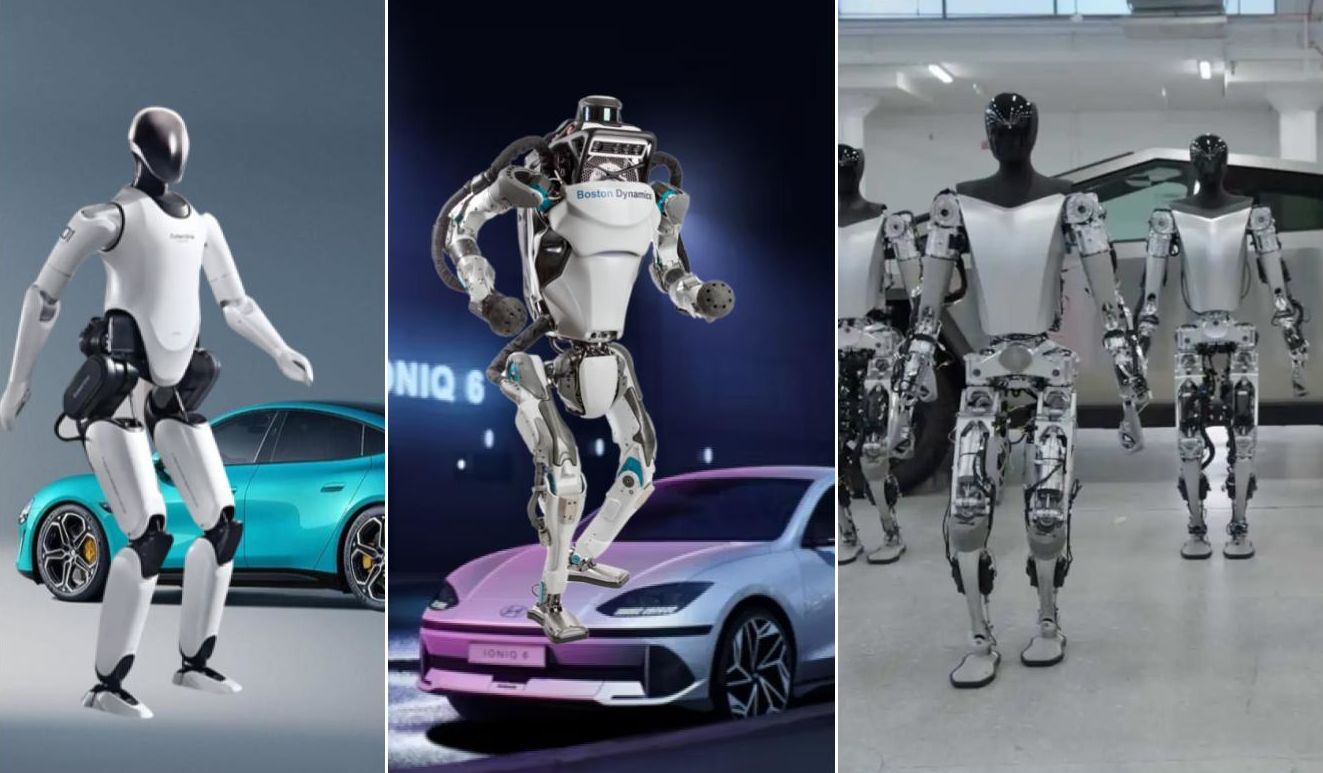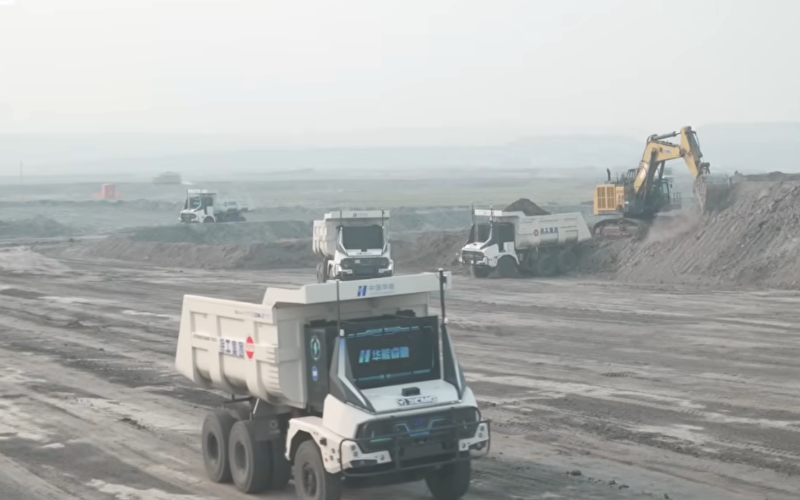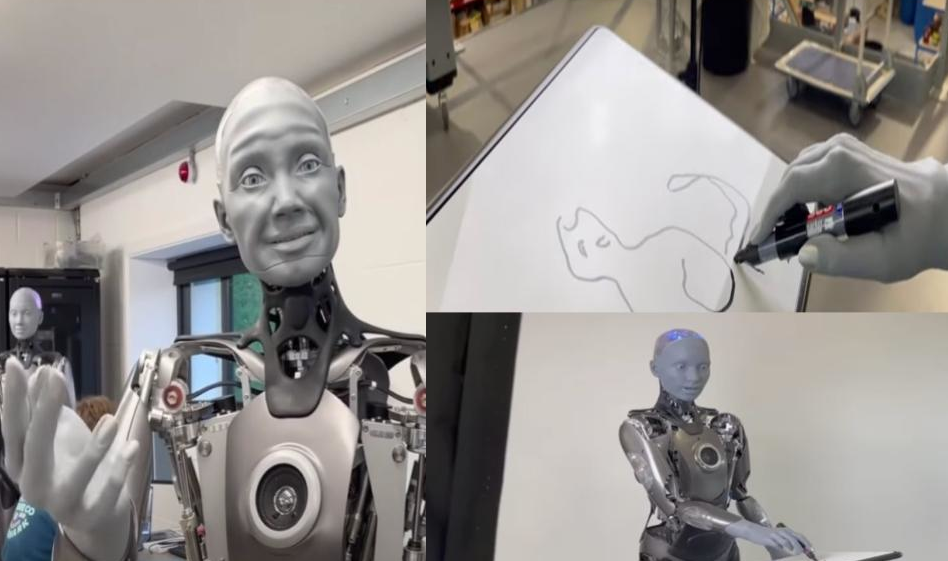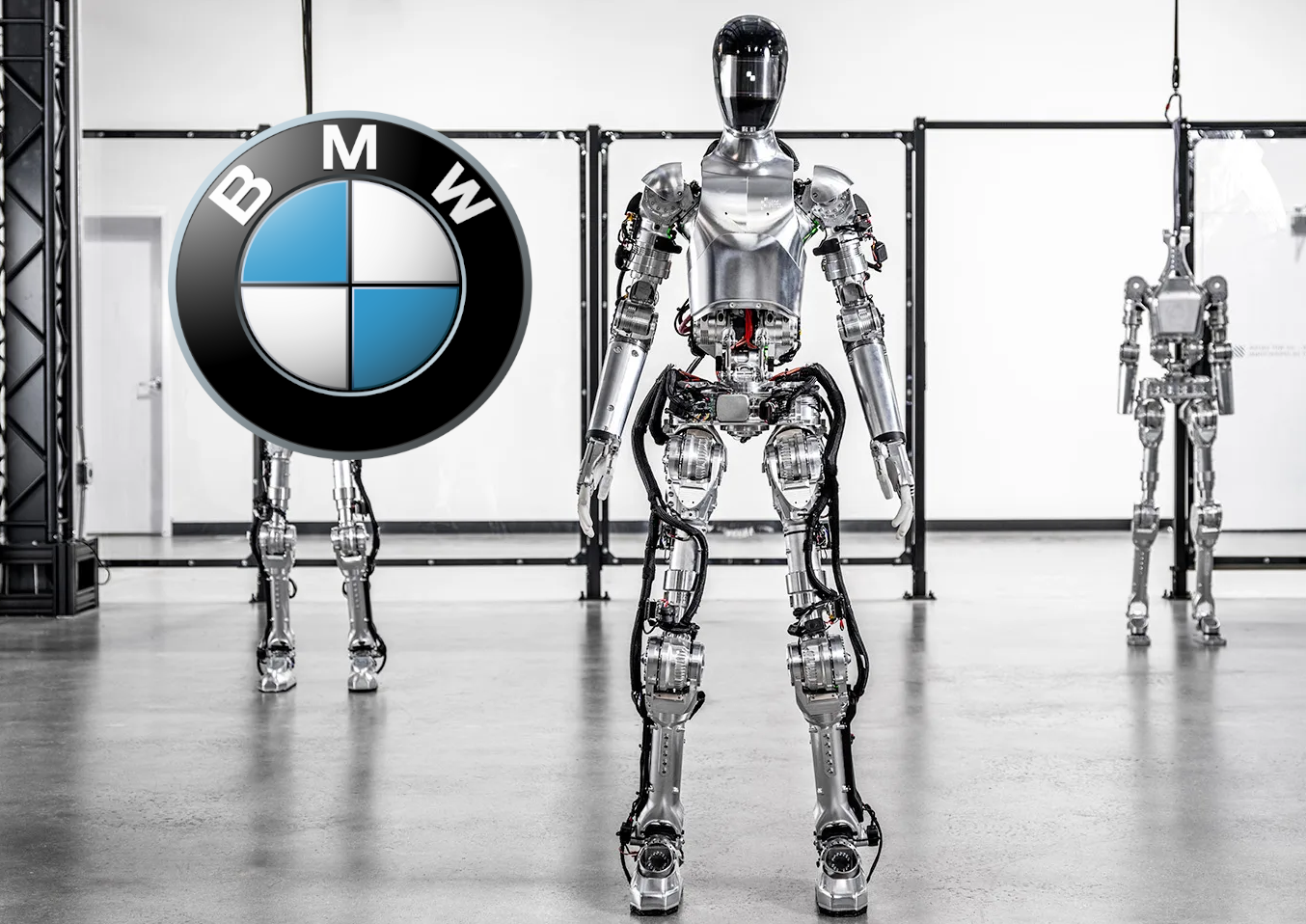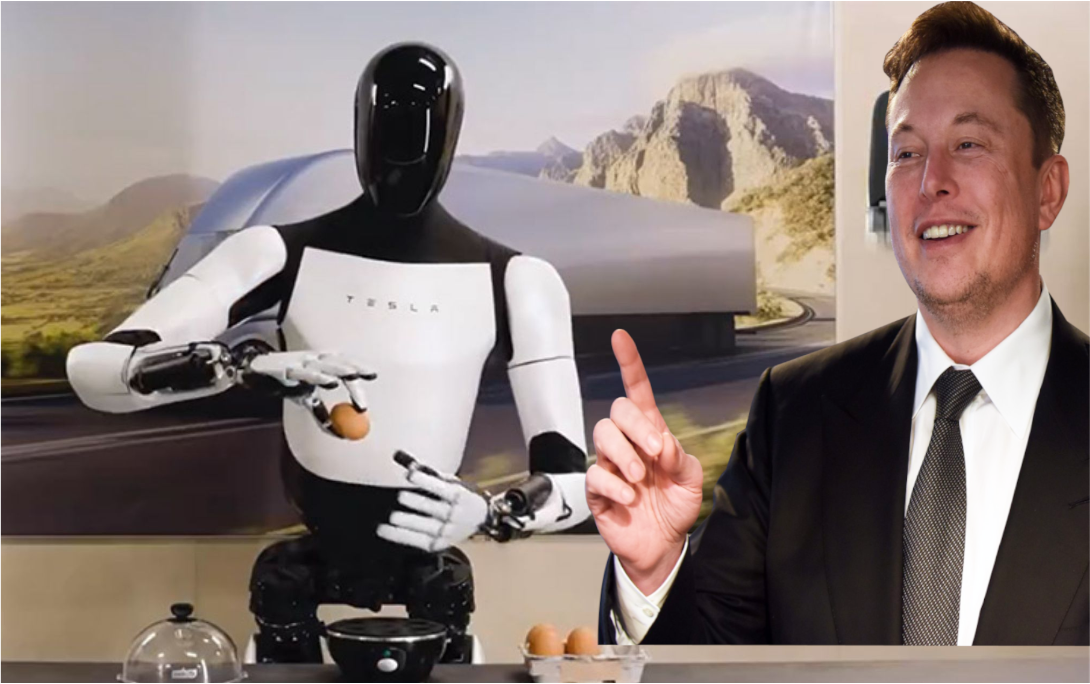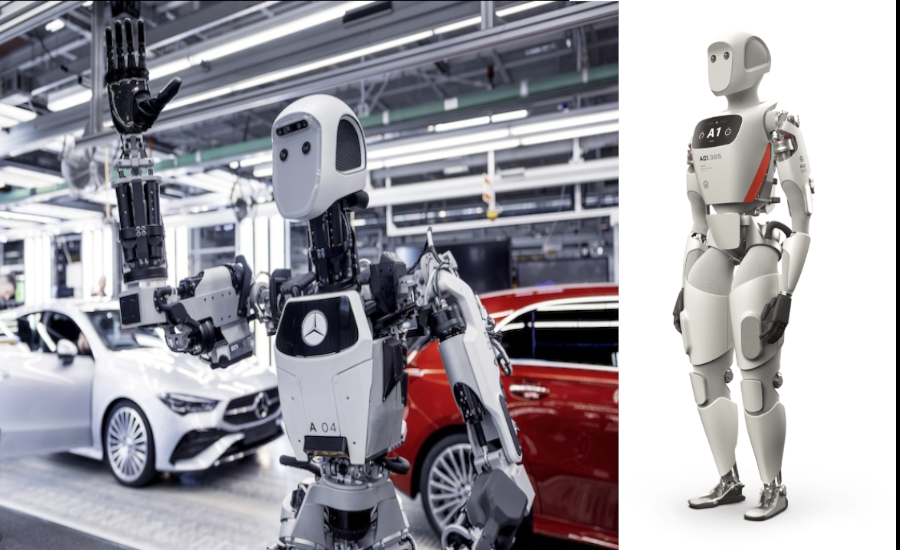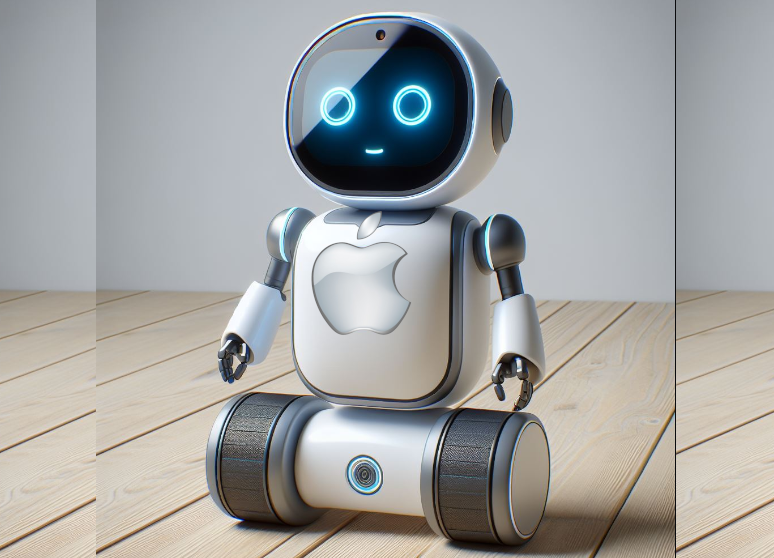When Tesla unveiled its robotic taxi, the Cybercab, one notable feature was the absence of a charging port. The company has completely abandoned wired charging in favor of wireless charging, seemingly finding it a more elegant solution than using robotic arms to connect cables between charging stations and vehicles.
While this approach appears sleek and convenient, questions arise about charging efficiency. The amount of electricity wasted as heat during wireless charging must be substantial, and charging speeds are likely to be significantly slower. As a result, the Cybercab might spend more time charging than transporting passengers.
However, Tesla claims that the use of advanced technologies like magnetic resonance increases energy transfer efficiency to over 90%, making it comparable to the 90–96% efficiency of wired charging. A short video showcasing this charging mechanism reveals a charging rate of 25 kilowatts, which is faster than home charging but significantly slower than the 50–350 kilowatts offered by fast-charging stations.
Ultimately, the true test of this wireless charging technology lies in its practical application. Although Tesla seems determined to make it the exclusive charging option for its robotaxis, it’s unlikely that this insistence will continue if charging speeds remain so slow.
